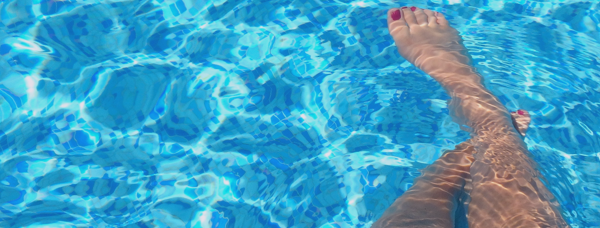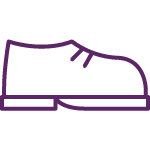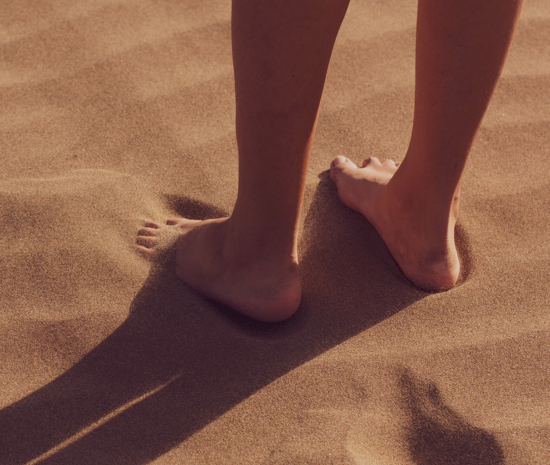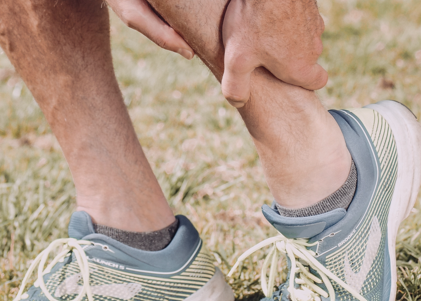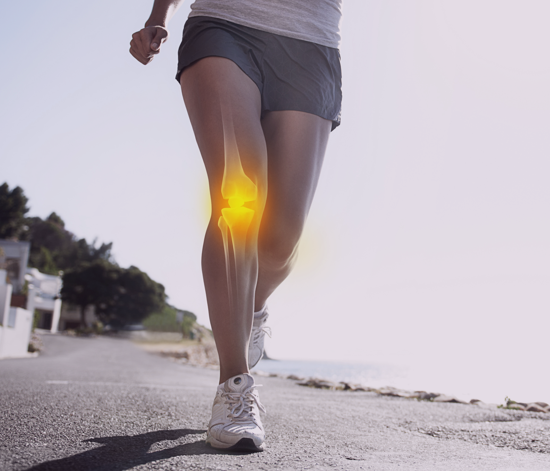To prevent leg injuries and the pain they cause, the first step is to be careful. This includes things like staying away from ice patches, listening to your body when you’re too tired to ski at the end of the day, wearing good shoes while walking, hiking trails adapted to your fitness level and supporting injured or weaker limbs with orthoses or splints.
Apart from the pain caused by accidents, there’s no hiding the fact that over the years, our legs tend to cause us discomfort—swelling, aches, a feeling of heaviness and more. Do you want to prevent all this? To maintain your quality of life and the freedom to move without pain for as long as possible, follow these tips.
1. Exercise
No need for an elaborate training program. Try to walk every day or do some light exercise. The goal is to get the blood flowing and keep the muscles in shape.
Enjoying being active? Increase the duration and intensity of workouts gradually to avoid injury. Physical activity will also help you maintain a healthy weight—another key to keeping leg pain at bay.
2. Watch for signs
When leg problems are detected early, you can quickly take action to prevent worsening pain. If you have circulation problems, are overweight, have a family history of issues or have recently had surgery or an injury, watch for the following signs:
- Irritation
- Redness
- Swelling
- Itching
- Heat in the legs
If symptoms appear or if you notice any changes in the condition of your legs, act quickly and go see a healthcare professional.
3. Have good posture when standing
The ideal posture is when your weight is well centred. This means your body is in balance with minimal effort. Your weight is neither forward (leaning on a counter or work table) or on one leg (hanging on one hip).
You should also know that if you stay still for too long, blood will pool in your legs. Over time, a feeling of fatigue or stiffness sets in, and joint and muscle pain occurs. So remember to stretch from time to time.
4. Know how to sit properly
At work, you should avoid compressing your thighs between your chair and desk. Choose an office chair that is neither too high nor too low. In both cases, the lack of ergonomics creates pressure on the lower limbs, which will end up being uncomfortable, even painful.
More generally, you should also avoid crossing your legs. This position compresses the sciatic nerve and hinders proper blood flow.
Finally, it is best to alternate between sitting and standing as often as possible, and to schedule active breaks in your day.

